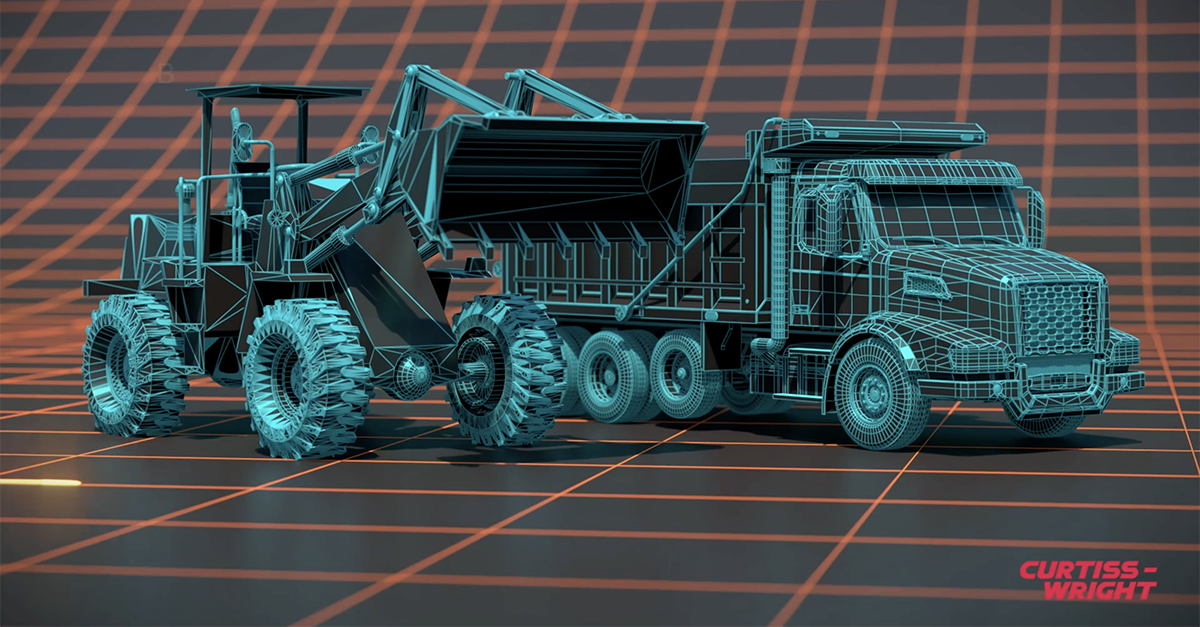23 July 2024
BUILDING A GREENER FUTURE
The Rise of Electric Industrial Vehicles in Construction

More construction equipment OEMs are introducing electric versions of their industrial vehicle portfolio as part of a commitment to sustainability and reducing emissions in the construction industry.
Wheel loaders, for example, are designed to offer the same performance as their diesel counterparts while providing zero exhaust emissions, significantly lower noise levels and benefits not initially considered such as lower vibration levels. These machines are becoming and increasing part of an OEMs growing electric machine lineup, and they aim to meet the increasing demand for more sustainable construction equipment.
Key features of electric industrial vehicles include:
- Zero Exhaust Emissions: These electric vehicles produce no exhaust emissions, making them ideal for use in environmentally sensitive areas or even indoor applications.
- Reduced Noise Levels: The electric powertrain results in much quieter operation compared to diesel-powered machines, improving worksite communication and reducing noise pollution.
- Comparable Performance: OEMs are designing these vehicles to match the performance of diesel equivalents, ensuring that productivity is not compromised.
- Battery Technology: The machines are powered by lithium-ion batteries, which can be charged using regular AC power or fast-charging DC options.
- Customizable Charging Solutions: OEMs offers various charging options to suit different worksite needs, including overnight charging and fast-charging capabilities.
- Operator Comfort: The electric models retain the ergonomic features and comfortable cab design of their diesel counterparts.
- Reduced Maintenance: Electric powertrains typically require less maintenance than diesel engines, potentially leading to lower operating costs.
- Telematics Integration: Vehicles are equipped with telematics systems, allowing for remote monitoring of machine performance and battery status.
- Power Management: Using sophisticated power distribution and management systems, models feature dedicated electric motors for propulsion and hydraulics, allowing full available power to both systems.
- Energy Recuperation: Electric drive motors on electric vehicles combined with advanced power management systems to handle bidirectional energy flow act as generators when decelerating, recuperating energy to extend runtime and improve brake life.
Curtiss-Wright Industrial is at the forefront of vehicle electrification, developing solutions like power distribution modules (PDMs) or high voltage junction boxes and DC charging units. These customized solutions safely and efficiently enable electrification of on- and off-highway vehicles while maintaining battery life.
The combination of Curtiss-Wright's PDM and a vehicle's ECU ensures safe connection/disconnection of electric vehicle supply equipment to/from electric propulsion systems. These system-level solutions offer reliable circuit protection for both vehicle occupants and electrical components.
With over 20 years of experience partnering with OEMs, Curtiss-Wright's customized solutions continue to deliver world-leading EV and hybrid vehicle performance. This expertise is invaluable as many OEMs aim to make vehicles 100% fossil-free within the next two decades.
The introduction of more electric industrial vehicles demonstrates an OEMs commitment to electrification in the construction equipment sector. These machines offer construction companies and operators the opportunity to reduce their carbon footprint while maintaining productivity and performance standards.
It's worth noting that the adoption of electric construction equipment can help companies meet increasingly stringent emissions regulations and potentially qualify for government/state incentives related to sustainable practices in construction.
As the construction industry continues to evolve towards more sustainable practices, electric industrial vehicles are likely to play an increasingly important role in shaping the future of construction equipment.
